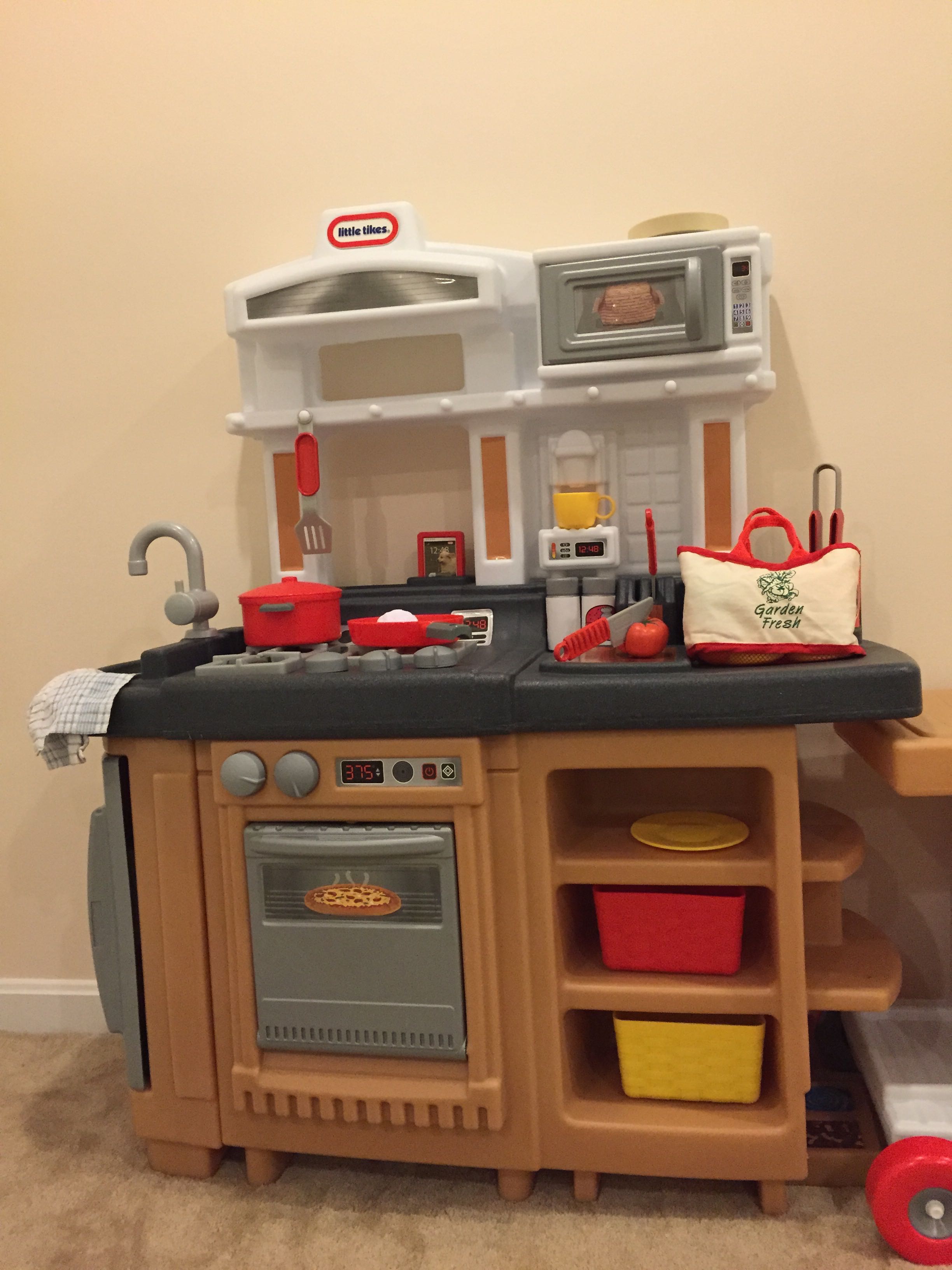My son is in a Montessori playgroup, so I’ve spent a decent amount of time browsing descriptions of the philosophy as well as activity suggestions on Pinterest. While I agree with its broad aims of child-led education and teaching practical skills, one thing that frustrates me is that the curriculums don’t seem to be updated to reflect modern times. And I’m not even talking about computers. While some of the skills taught are great, like gardening, others are downright archaic, grown out of date through the development of technology or culture. For example, I certainly don’t iron handkerchiefs, arrange flowers, polish silver or wash chalkboards on a regular basis. (These are some of the tasks mentioned in Montessori presentations and Montessori websites about Practical Life Skills.) Instead, I offer a suggested list of updated activities and life skills that Montessori or not, practical-minded parents and teachers may want to integrate into their children’s learning. These are skills that I do use very regularly, some learned from my parents and some through trial and error. I’ve gained as an adult through some amount of trial and error, building on my parents’ well-intentioned efforts to teach me them when I was younger, which I often ignored.
Picking out and cooking vegetables: Food preparation is a pretty big part of the Montesorri curriculum, from what I can tell. They actually teach kids to use knives properly, which is both great and something my junior high home-Ec class failed to teach me. (The main thing Home-Ec taught me about kitchen knives was to be afraid of them.) Picking out and cooking vegetables is the next step up, but definitely a skill that an elementary school student could learn under supervision. I think it’s essential for kids to learn how to cook vegetables in particular because there’s such a cultural prejudice against them. Children are already told by society that they should dislike vegetables. In contrast, part of the reason many of us love to bake cookies at Christmas or pie at Thanksgiving is because we fondly remember doing so with our parents or grandparents. If most people looked back on cooking tomato sauce, preparing sweet potatoes, or sauteeing broccoli with their families, I think we’d all eat a lot more veggies. Involving kids in the process builds that inherent fondness, staves off some of that cultural negativity and helps them feel responsible for the end product. Even if a kid is too young to even go near the stove, parents and teachers can still talk about what vegetables are in season and how you can tell if a vegetable is fresh. In terms of specific learning goals, this allows you to talk about seasons, months of the calendar, problem solving (if this isn’t in season, what can I use instead?), and characteristics of a vegetable like color, firmness and flavor. In field or shopping trips to the farmers’ markets, children can ask farmers questions, learning about agriculture as a career and different growing methods. For older kids, this can feed into conversations about environmental impacts, the transport of goods, and plant life cycles.
Taking care of animals: Everyone knows that taking care of an animal can be great for teaching responsibility, but no parent wants the poor animal to suffer through the child’s learning process. But both parents and teachers can help prepare students to be good stewards of wild and domestic animals without taking on the responsibility of a cat or dog. For wild animals, kids can help fill bird feeders, plant flowers for pollinating insects, or hang bat houses. On the most basic level, little ones can practice their pouring skills with small bags of bird seed. On a deeper level, it can lead to conversations about animals’ needs (food, shelter) and larger ecological roles. Classrooms usually can’t have cats or dogs, but many can have lizards, hamsters, butterflies, or fish. As part of the class’s daily activities, children can feed the animals, play with them, and even help clean their cages. To build awareness of the skills needed for keeping more demanding pets, students could take care of toy cats or dogs, play-acting feeding and brushing them. Kids themselves love to pretend they are pets, which also helps them build empathy for animals and think about how they may see the world differently from humans.
Recycling and composting: Recycling and composting provide tons of great opportunities to build sorting skills as well as lead into bigger thematic conversations. Depending on your community’s recycling set-up, you may be separating garbage into paper, plastic, metal and trash, or if it’s single stream like ours, just recyclable and non-recyclable. Adding composting to the mix makes it even more complicated, with produce scraps able to go into it, but no other food scraps. If you do your own composting, you can also explain how you need to balance the food scraps with dry input like newspapers. These activities can lead into conversations about how much we throw away and what happens to it, how that affects other people and how we can reduce our waste. With older kids, composting is a great opportunity to talk about decomposers, soil chemistry, and their role in ecology.
Bike maintenance: This is one I could use a better handle on myself. When I pulled my personal bike out for the first time this spring, Sprout was fascinated by it. I showed him how I pumped up my tires and had him help by pushing down on the handle. Every kid who has a bike should at least be able check their bike ABCs before each ride – Air in the tires, Brakes working, and Chain running well. In an ideal world, they should also know how to place a jumped chain back on and fix a flat tire, although those are both fairly challenging. These skills build both fine and gross motor skills, along with problem solving skills. While preschoolers and even most elementary school kids won’t bike alone, having these skills does make biking possible as a form of transportation for kids, far earlier than they can drive.
These are just a few of the practical skills that I think we should be teaching all kids, especially in the Montessori curriculum with its focus on “real life” learning.
What practical life skills do you want to teach your young kid or do you wish you were taught when you were a child?






